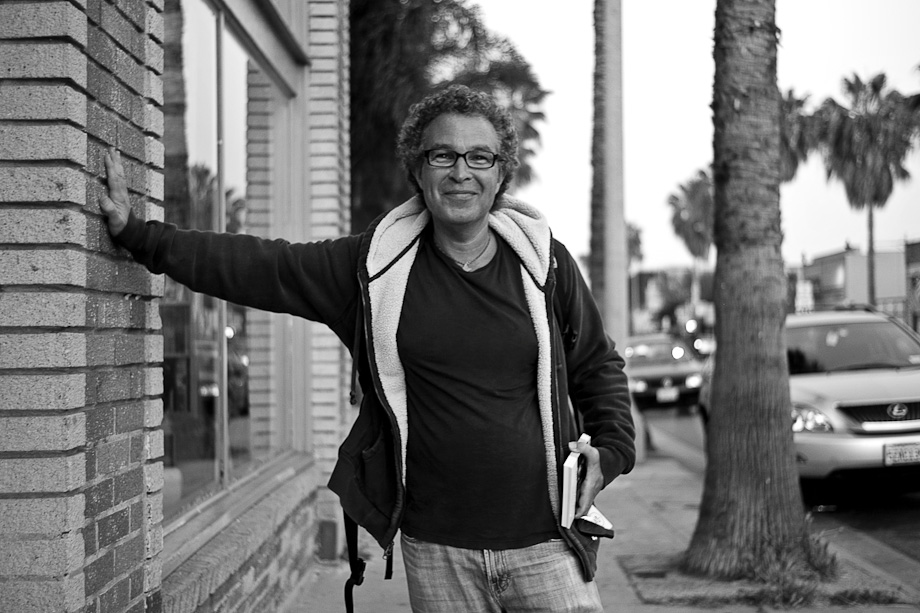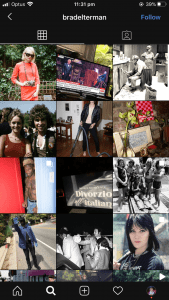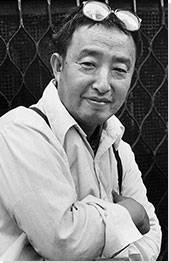Jessie Caesar – S3787379
I declare that in submitting all work for this assessment I have read, understood and agree to the content and expectations of the assessment declaration – https://www.rmit.edu.au/students/support-and-facilities/student-support/equitable-learning-services
BLOG REFLECTIONS
Week 5 – Analogue Photography (Practice Analysis)
Week 6 – Analogue Video (Practice Analysis)
Week 7 – Networked Photography (Practice Analysis)
Week 8 – Networked Video (Practice Analysis)
REVIEW
This review responds directly to the following prompt: How do the affordances of Instagram affect the way photos and videos are authored, published and distributed in the network?
Titled: How has the the shift from ‘Analogue Media’ to ‘Networked Media’ had a direct impact on the authoring, publishing and distribution of media within the network? (Word Count: 1,183)
The term ‘Authoring’ refers to how a media practitioner produces their work. For example, if we were talking about how a photo on a 35mm camera is authored, we would be discussing the procedure of taking a 35mm photo – i.e., loading the 35mm with film, developing the image. The term ‘Publishing’ refers to where the media practitioner publishes or showcases their work. In the case of our previous example; a 35mm film photo might be ‘published’ to the family photo album. The term ‘Distributing’ refers to where and how the media practitioner distributes or shares their work to, or with. Say the image was taken by a professional Photographer, who has the intention to showcase their world worldwide, they may ‘distribute’ their work in various art galleries around the world.
“In analogue photography a picture was formed through transcription, in principle tracing or witnessing actual people, places and circumstances (pp.25-26, Wells, 2015)”. In ‘Analogue Photography’ a roll of film is placed in the camera, and the photographer had to direct and take the image exactly as they wanted it, with the people they wished to shoot, there. The photographic film is made up of layers of light-sensitive silver halide emulsion coated on a flexible base, and when the film is exposed to light in a camera, it creates a latent image, to then be developed. This didn’t mean that they weren’t able to select, crop and retouch, they were just rather tedious procedures to perform prior to digital capabilities, as they were processed and printed chemically. The film images were known as negatives, and the process of development involved where the image was first, chosen through a magnifying glass, ensuring dust is kept off the negative as it is placed within the enlarger; exposed onto photographic paper, which was then put through trays of developer, stop bath and fixer, before the negative image was printed, before being hung up to dry with pegs.
“Digital photography operates through a conversion whereby physical properties are symbolised through numerical coding (pp.25-26, Wells, 2015)”. Digital photography was the emergence of instant photography cameras (polaroid cameras) that lead to DSLR/SLR cameras, and many more digital cameras alike – eliminating film photography and chemically processed and printed images from the mainstream media practice. After some years of technological advancement within the digital world, “we have witnessed a number of convergences…between the camera, the internet and personal mobile media, notably the mobile telephone’ (pp. 13, Lister in Wells, 2015)”. This convergence between photography and digital technologies contributed to a mass change in the way that images are authored, published and distributed. This mass change referring to the emergence of the internet, SNSs and the ‘Network’. The affordances of these SNS platforms then contributed to another huge change within the way we author, publish and distribute, with the internet and the personal mobile becoming a camera, that continually develops, the ‘users’ are now able to author rather profound photographs, publish and distribute them to their Social Networking Sites (SNSs). “Camera phones represent something new in the history of photography, because they are capable not only of recording and displaying images but also instantly sharing them, via the Internet or messaging services. A photograph no longer moves in fixed and linear fashion from a capture device (camera) to a processor (darkroom or chemist) to a viewing context (family album) (pp. 245, Palmer, D. 2014)”. Therefore, ‘Networked Photography’ refers to this authoring, publishing and distributing of photographs on said SNSs within the ‘Network’.
‘Analogue Video’ began with the use of Reel-to-Reel film taping, where they used magnetic tape/film, which was then threaded through the reel-to-reel camera and onto an empty reel to be used to record. This kind of filming technique developed into newer technologies such as the cassette tapes and the VCR system, which allowed analogue film-makers to publish and distribute these films in a whole new means. Prior to these newer technologies, they were only able to send the one and only copy of the film reel around the world to view. They were now able to duplicate these films, to then distribute them to be screened and viewed, worldwide – changing the way that film-makers author, publish and distribute video content. “Analogue recording is a linear process involving the creation of variations in a recording medium that correspond to variations in the signal being captured… Analogue devices, such as VCRs, tape and record players, read analogue media by physically scanning these variations (NSW State Archives, 2020)”. These signals that were being captured in ‘Analogue Video’ were what the famous White and RGB (Red, Green, Blue) cables (or Composite Video Cables) were in the back of an Analogue TV were for. These picked up the audio and video signals that were captured within the recording of ‘Analogue Video’. While the introduction of ‘Analogue Video’ was a game changer for media practitioners worldwide – the way they author, publish and distribute video was about to develop and change again with the introduction of digital video, thus the ‘Networked Video’.
‘Networked Video’ is authored with digital devices, that use the digital binary code system, and can be read by computers and mobiles as well as TV/Cinema screens. It’s now the standard video method we use, that is non-linear – meaning we are able to edit and play-back at any point, as many times as we like, without damaging the quality of the film; Unlike ‘Analogue Film’, which degrades after use, destroying the quality of the film each time we play it back. “Digital devices such as CD recorders and camcorders convert the signal and turn it into digital information – a sequence of numbers – sampling at set intervals.(NSW State Archives, 2020)”. The higher this sampling rate is, the higher the quality of the video. When we look at defining the term ‘networked video’, we must look at the terms ‘network’ and ‘video’ separately, first. The term ‘Network’ refers to the internet, and the Social Networking Sites (SNSs) that users engage with to ‘Network’ with one-another. The ‘Video’, is considered an electronic medium, meaning that it’s authored/produced on digital cameras and are dependent on the the electronic transfer of signals – signals that are generated within a camera, that are constantly moving, and have the ability to circulate between recording and reproduction equipment. Video “makes use of one track for image and one for sound… The simultaneity of recording and reproduction differentiates video from the photo-chemical recording media, photography, and film (pp. 1, Spielman, Y., 2007)”. If we then look at these terms together, ‘Networked Video’ refers to video content that is published on the World Wide Web and are distributed throughout the ‘Network’.
Once we have considered all of this, it is clear to see how the shift from ‘Analogue Media’ to ‘Networked Media’ had a direct impact on the way media practitioners author, publish and distribute media. This is important to note, when moving towards unpacking the courses prompt of ‘How do the affordances of Instagram affect the way photos and videos are authored, published and distributed in the network?
CITATIONS
- Lister, M et al 2009, New Media: A Critical Introduction. Routledge, New York. (Section: 1.2.1 Digital pp. 16-21)
- Wells L 2015 Photography: A Critical Introduction. 5th ed., Routledge, New York. (pp. 9-27 Thinking about photography: debates, historically and now.
- Palmer, D., 2014 ‘Mobile Media Photography’, in The Routledge Companion to Mobile Media, (eds) Goggin G., Hjorth L., Routledge, New York pp. 245.
- Digitisation of analogue audio and video | NSW State Archives, 2020, Digitisation of analogue audio and video | NSW State Archives, <https://www.records.nsw.gov.au/recordkeeping/advice/digitisation-of-analogue-audio-and-video> [Accessed 29 April 2020].
- Spielmann, Y., 2007. Video: The Reflexive Medium. MIT Press, Cambridge, Massachusetts. (Section: Introduction: The Audiovisual Medium pp. 1-6)










